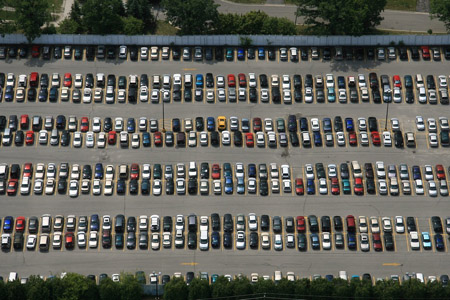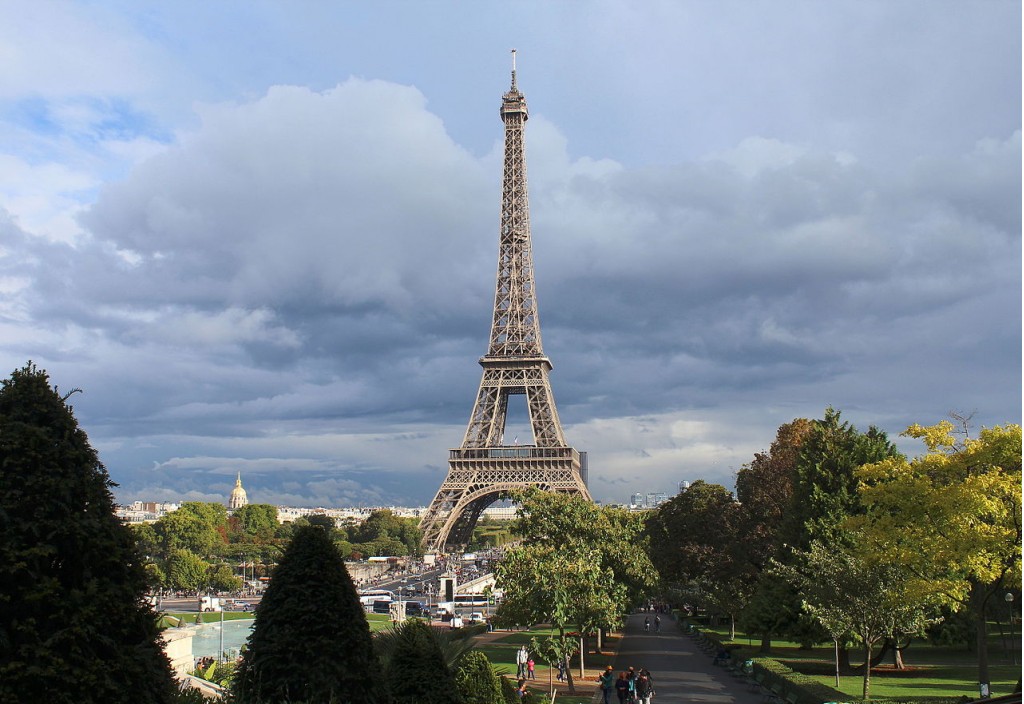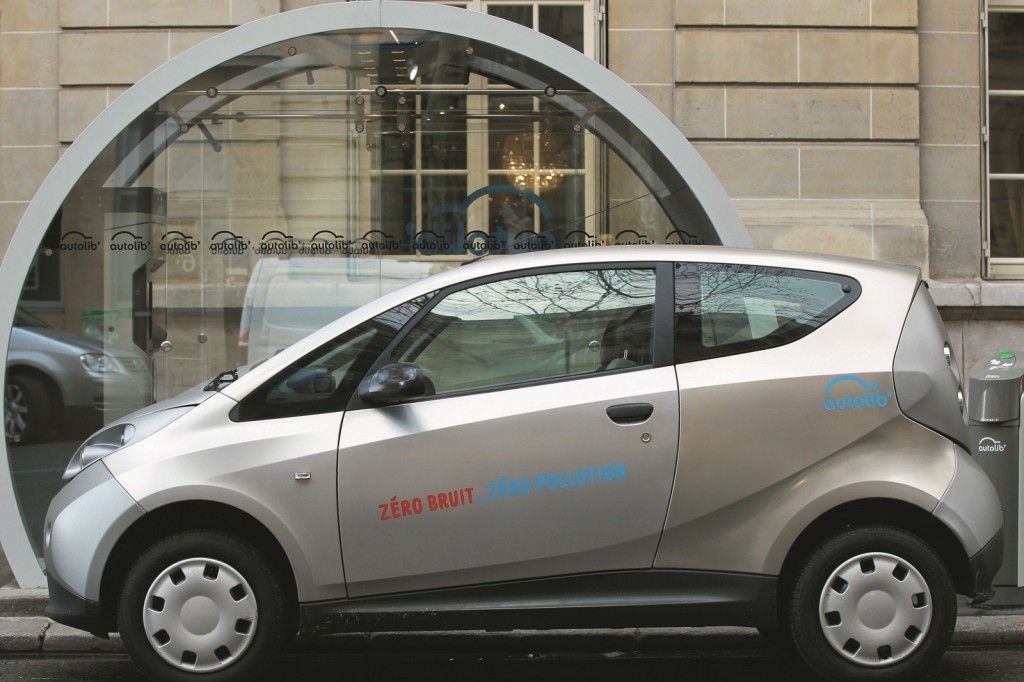U.S. visitors to European cities, especially capitals like Paris and Rome and Madrid and London, often remark how different they are from those in the U.S.
Many of their historic cores, dating back far before automobiles existed, remain intact—and for much of the 20th century, they coexisted uncomfortably with those cars and trucks.
Now, center cities are often being reclaimed from vehicles, with streets and neighborhoods "pedestrianized" and cars and trucks with combustion engines increasingly taxed or banned altogether at times.
DON'T MISS: France plans to ban all gasoline, diesel vehicles by 2040
More of this is likely to ensue, as the quality of life for people who actually live and work in cities turns out to improve enormously when vehicles and their emissions are removed or limited.
Urban air pollution abates, and pedestrians are far safer not sharing the streets with objects weighing a ton or more and capable of far greater speeds than a running human.
Limiting or eliminating cars from urban areas has always been an ideal for urban planners, even in the U.S.

Parking lot
But the United States is qualitatively different: Many of its cities are 20th-century entities that grew only after the motor vehicle became a part of daily life.
Older cities like Boston, Chicago, New York, and Philadelphia existed before cars, but those that expanded after World War 2 are quite different: think Dallas, Houston, Phoenix, and more.
Many of their "downtowns" or "city centers" have little built before 1950; some have even retrofitted Disneyesque "downtowns" where no such thing existed (San Jose, we're lookin' at you).
Second-tier cities, including many in the so-called Rust Belt with fewer people today than in 1950, have hollowed-out downtowns dotted with surface parking lots where buildings have been demolished.
That makes them easy to drive to, but offers a lousy "streetscape" for pedestrians—and a disincentive for the things like outdoor cafes that visitors tend to love about visiting European cities.
All of this is the context necessary to consider a recent CityLab article on the remarkable success Paris has had in reclaiming the city from cars.

Volkswagen e-Golf recharging at curbside Autolib station, Paris, Sep 2016
The numbers are remarkable: Transit ridership is up by one-third since 1990, and the number of people who ride bicycles is 10 times what it was then.
Meanwhile, use of cars has dropped 45 percent.
These accomplishments, the article notes, took concentrated focus and effort, from bollards to prevent illegal parking on sidewalks to banning cars from selected historic and tourist areas.
CHECK OUT: Ahead of France, Paris to phase out internal-combustion engines by 2030
More than 400 miles of bike lanes were created, along with more dedicated bus lanes to speed up the movement of people rather than vehicles.
In 2007, the city introduced the Velib bike-sharing program, now the largest of its kind outside China.
Within a few years, it was followed by AutoLib, the electric-car sharing service that has spread to other French cities and even to the unlikely city of Indianapolis, Indiana.

Eiffel Tower in Paris, France (photo by Rijin, via Wikimedia Commons)
Now Paris is implementing rules that ban the oldest and dirtiest vehicles from entering the city, classic cars excepted.
Car-free days encourage the public to imagine what the city could be like without vehicle traffic.
Most importantly, Paris has put an enormous amount of money into every mode of public transport.
How much of this is useful for U.S. cities? That's for their mayors and municipal bodies to decide.
But 70 years of U.S. zoning codes that build dispersed, low-density suburbs and exurbs where residential areas entirely exclude both office space and any kind of businesses means typical suburbanites will starve to death without a car.
A couple of decades from now, autonomous electric cars may prove to be the salvation of the dispersed U.S. style suburb.

Bolloré BlueCar electric car used for Autolib' car-sharing service in Paris, September 2012
But until Americans get more comfortable with higher-density living—closer together, in smaller spaces, around a mix of people, businesses, and jobs—we will remain a nation of cities nothing like Paris.
Or as more than one visitor has quietly commented, "It was great to visit, but I can't imagine how people actually live there."













